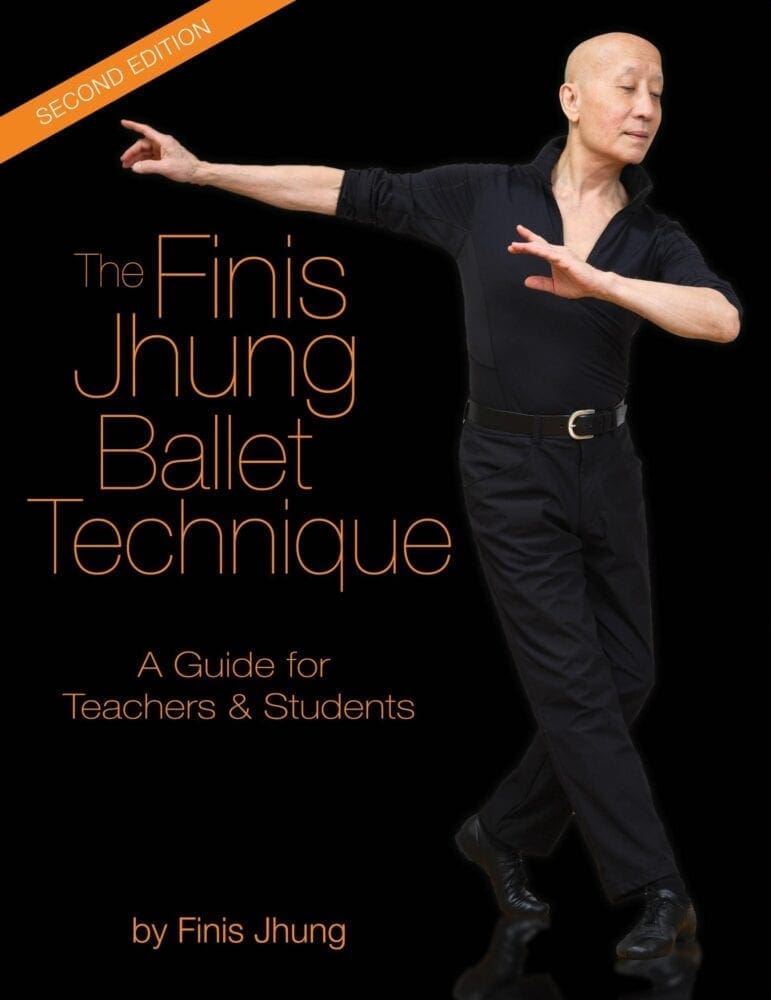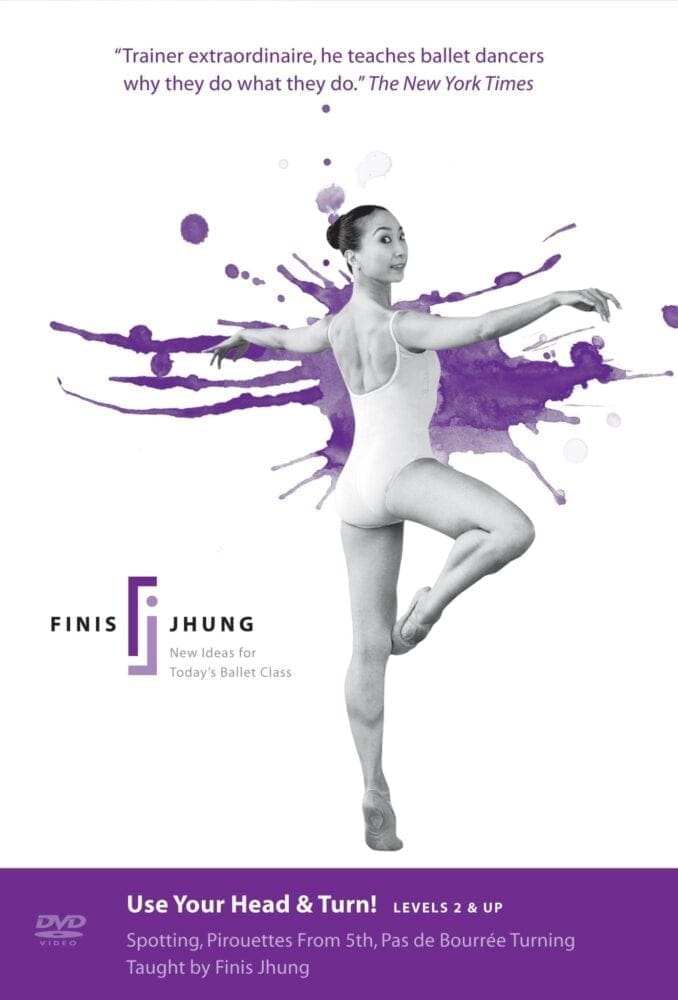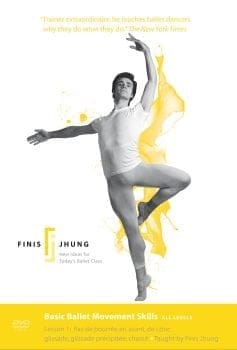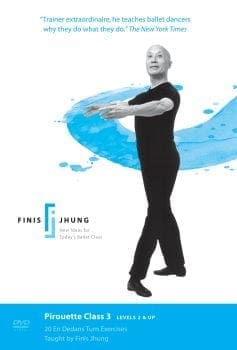Piqué en Arabesque
Many students have trouble finding their balance when they piqué in first arabesque. In the next few blogs, I will present different ideas on how to make this all-important step look better.
1. Reach out, step over, and push down
Whenever you piqué, whether it’s to a simple pose or a turning pose, always reach your piqué foot and step as far from your back leg as possible. Good dancers, especially those working on pointe, always “show their leg” before they piqué arabesque. You should see your long straight leg with a strongly pointed foot reaching out before you stand on it. Some dancers make a “scooping” movement when they piqué arabesque. As they fondu, they lean forward and let their hips drop back. Instead of reaching out and over and pushing down, they lean forward and piqué with a bent knee. Then they jerk their arms and arabesque legs upward and hold their breath while they try to balance. It looks like they are struggling. That is because they are. I tell my students, “You look like what you do.” If you work correctly, your balance is automatic and effortless. If you work incorrectly, you fight for your balance or miss it completely, and we notice it. For fun and learning, ask your students to bring their dance bags to the center floor. Have them practice their piqué arabesque by stepping over their own bag. This will teach them to keep their ears and shoulders back and not lean forward. It will teach them how to “show their legs” and find an easy balance. (Excerpted from “The Finis Jhung Ballet Technique: A Guide for Teachers & Students. Page 274.) https://finisjhung.com/shop/guidebook/






